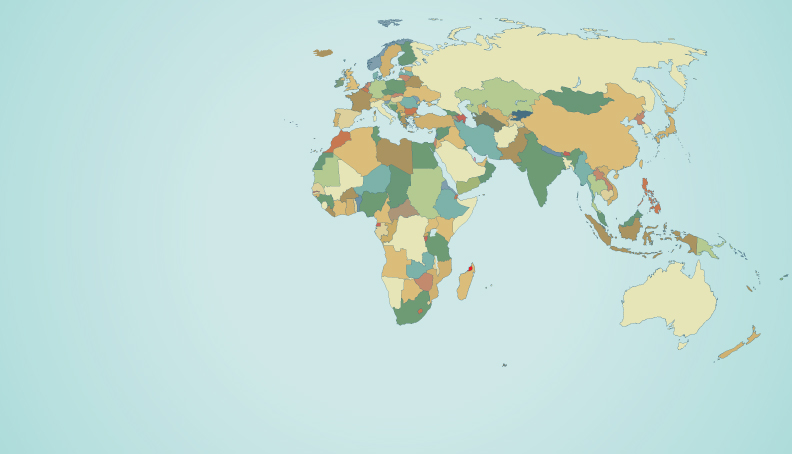Black Lemur
Eulemur macaco macaco
Habitat: The black lemur is found in moist forests, rainforests on offshore islands, and in modified habitats of timber, coffee and cashew nut plantations.
Threats: This species is threatened by habitat destruction, hunting for meat or fur, and by trapping for the pet trade. Slash-and-burn agriculture is a persistent threat to north-western Madagascar’s remaining forests. Hunting with traps seems to kill more females as when travelling they tend to be leading the groups.
Information: This species is named after the males, which are all black. Females have a brown back, white underparts, a grey head and long white ear tufts. These lemurs occur in the forests on the north-western tip of the island as well as on the islands of Nosy Be and Nosy Komba. They are very arboreal, loving to run, climb and jump from branch to branch, they are not as confident on the ground.
Social Behaviour: They live in multi-male – multi-female groups that reportedly have more males than females. The group size around 7-9 animals and up to 15.
Food: The diet consists of fruit, seeds, leaves, animal matter, flowers, nectar, mushrooms and millipedes. Sometimes Black Lemurs are very active at night; this is when the Parkia tree’s night blooming flowers are available for nectar feeding.
Breeding: They reach maturity at 2 years and have a gestation period of 125 days. They give birth every 12 months in spring to a single young, sometimes twins. The females then carry the infant for 180 days.
Projects: EEP
Map: Red = Locations Found 795









